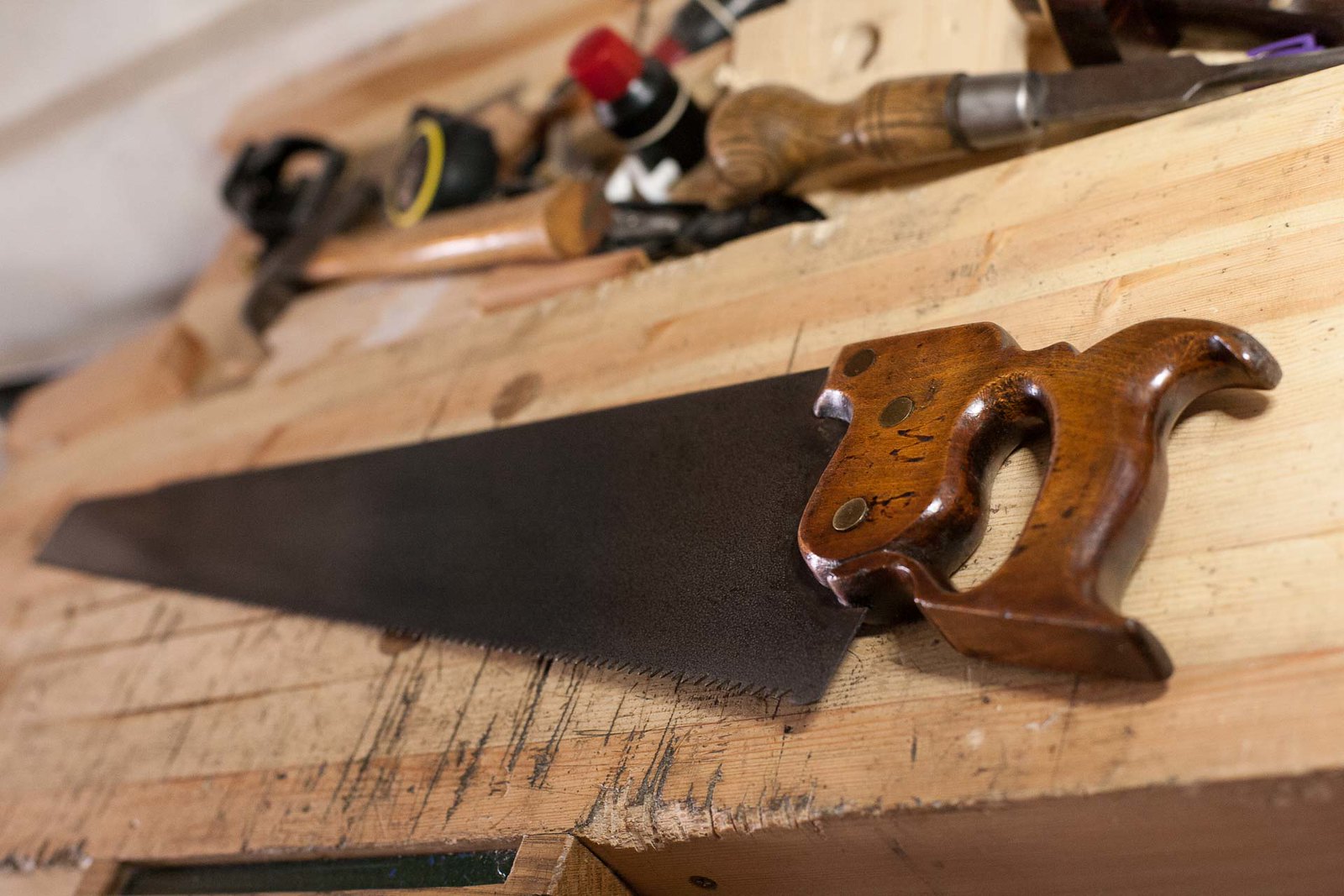Argus
Established Member
I’m in the process of restoring an old tenon saw to working condition.
It’s late 19th C, has (unusually) a firm handle with relatively unscathed woodwork considering its age and a good amount of plate left – I reckon about 4-1/2 inches inches after I have re-cut the teeth. Given all that, it doesn't seem to have seen much work or re-sharpening from new.
My question concerns the plate: it has a steel back and very minor rusting – just a few tiny pits high on the plate where they will do no harm.
I have cleaned the surface and jointed off what remained of the old teeth and I’m left with a smooth, but discoloured steel finish all over.
Bearing in mind that I don’t want to disturb a positive, tight handle – rare on a saw this age – what can I do to revive the plate? Either I leave it as it is, intact but dark and dull or try to get it back to clean metal. Polishing pastes came to mind……..
Any ideas would be welcome, either way.
It’s late 19th C, has (unusually) a firm handle with relatively unscathed woodwork considering its age and a good amount of plate left – I reckon about 4-1/2 inches inches after I have re-cut the teeth. Given all that, it doesn't seem to have seen much work or re-sharpening from new.
My question concerns the plate: it has a steel back and very minor rusting – just a few tiny pits high on the plate where they will do no harm.
I have cleaned the surface and jointed off what remained of the old teeth and I’m left with a smooth, but discoloured steel finish all over.
Bearing in mind that I don’t want to disturb a positive, tight handle – rare on a saw this age – what can I do to revive the plate? Either I leave it as it is, intact but dark and dull or try to get it back to clean metal. Polishing pastes came to mind……..
Any ideas would be welcome, either way.

































